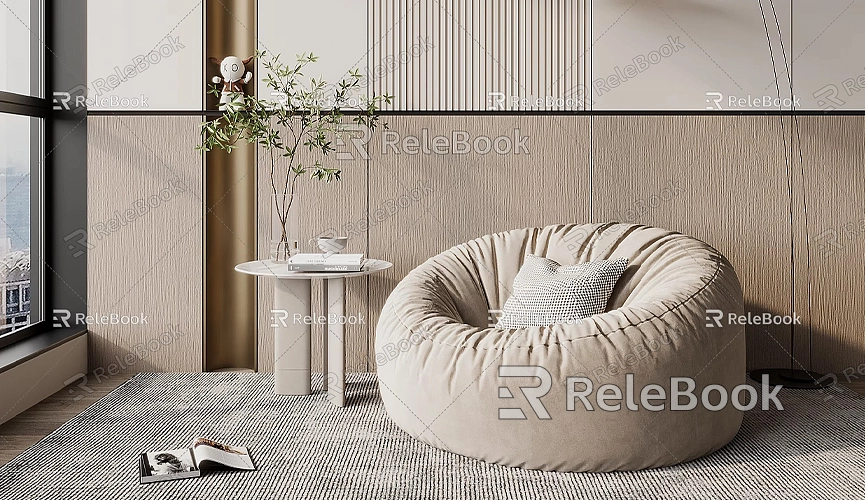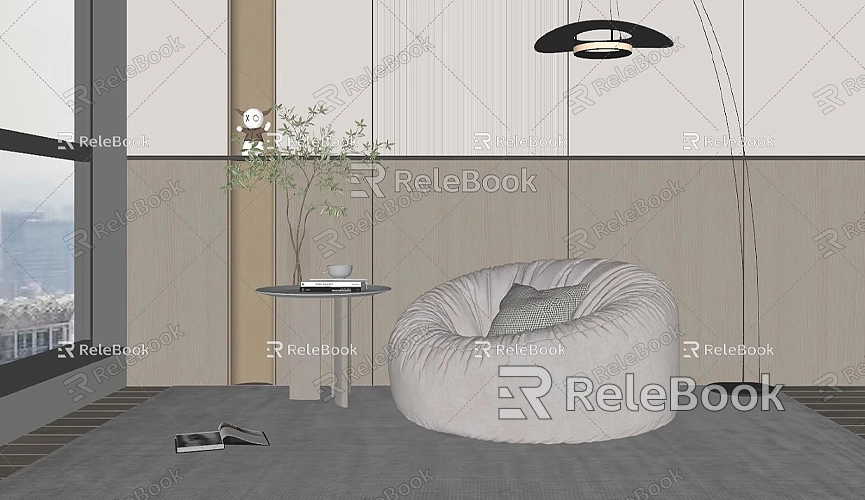How to Change Units of SketchUp Model
When using SketchUp for 3D modeling, unit settings are a crucial aspect. Different projects may require different units, such as millimeters, centimeters, meters, or feet. Ensuring the correct unit is used not only improves work efficiency but also helps avoid errors during measurement and design later on. This article will delve into how to change the model units in SketchUp, providing practical tips and advice.
Unit Settings in SketchUp
The default unit in SketchUp depends on your geographical location and initial software settings. Whether you are working on architectural design, interior design, or modeling in other fields, it’s essential to ensure that your unit settings are correct before starting. Here are the specific steps to change the units of a SketchUp model:

Open Model Settings
First, launch SketchUp and open your model. Navigate to the menu bar, select “Window,” and then choose “Model Info.” A new dialog box will appear, containing several tabs.
Select Units
In the Model Info dialog box, find the “Units” tab. Click on it, and you will see various settings, including length units and angle units.
In the dropdown menu for length units, you can select different unit options such as millimeters, centimeters, meters, inches, or feet. After choosing the appropriate unit, SketchUp will automatically adjust the current model’s unit settings to your selection.
Set Decimal and Precision
In addition to selecting the length unit, the Model Info dialog box also allows you to set decimal and precision levels. By adjusting the number of decimal places, you can determine how precise you want your dimensions to be when inputting them. For example, if you want your dimensions to be accurate to the millimeter, you can set the decimal to 0.
Choosing the right precision is crucial for design accuracy, especially for complex engineering projects.

Practical Example
Suppose you are creating a 3D model for a construction project that requires meters as the unit. Here are the specific steps:
1. Open SketchUp and import your model or create a new one.
2. Go to the menu, click “Window,” and then select “Model Info.”
3. In the “Units” tab, find “Length Units” and select “Meters” from the dropdown menu.
4. Set the number of decimal places to 2 so that you can input dimensions with centimeter accuracy.
5. Once done, close the Model Info dialog box and return to the modeling interface.
Now, your model’s unit is set to meters, allowing you to confidently continue your modeling work.
Changing Units for an Existing Model
If you have already completed your model but find that the unit settings are incorrect, what should you do? In fact, SketchUp does not directly change the units of an existing model. Instead, you will need to re-enter the dimensions. In this case, the following methods may be helpful:
- Select and Measure: Use the measuring tool to select a part of the model and check its current dimensions. Then, manually adjust the dimensions based on your desired units.
- Use the Scale Tool: You can use the scale tool to resize the entire model. Ensure you understand the relationship between the current and target dimensions. For example, if your model was built in centimeters but needs to be presented in meters, you can scale the entire model by a factor of 100.
- Manually Input Dimensions: During the modeling process, directly input the desired dimensions, whether you are adjusting a side’s length or creating new shapes.
Tips and Recommendations
When adjusting units in SketchUp, mastering some tips can help you work more efficiently:
- Set as Template: If you frequently use specific units, consider creating a template. Selecting a template when starting a new model can save time and avoid the need to change units manually each time.
- Use the Dimension Tool: By utilizing the dimension tool, you can quickly verify the model's dimensions to ensure they meet the expected unit settings.
- Pay Attention to View Scale: When printing or exporting drawings, ensure the view scale is correct to avoid distortion due to incorrect unit settings.
Impact of Unit Settings
During the modeling process, unit settings affect not only the input and dimensions of the model but may also influence other features. For instance, some plugins might rely on specific units for operation, so ensuring correct unit settings can prevent compatibility issues.
Furthermore, the model’s presentation quality and realism can be affected by unit settings. Using appropriate units during rendering ensures accurate lighting, materials, and shadow effects.
Changing the model units in SketchUp is a fundamental yet essential operation. With proper unit settings, you can enhance modeling efficiency and ensure design accuracy. Additionally, mastering some practical tips can help you navigate your work with greater ease.
If you need high-quality 3D textures and HDRI for creating models and virtual scenes, you can download them for free from [Relebook](https://textures.relebook.com/). For exquisite 3D models, visit [Relebook](https://3dmodels.relebook.com/), which offers a wealth of premium 3D resources. Using these resources can significantly enhance the professionalism and appeal of your designs.
We hope this article helps you better understand unit settings in SketchUp, improving your modeling skills and enabling you to create outstanding design works! Whether you are a beginner or an experienced designer, accurate unit settings are the foundation of every successful project.

